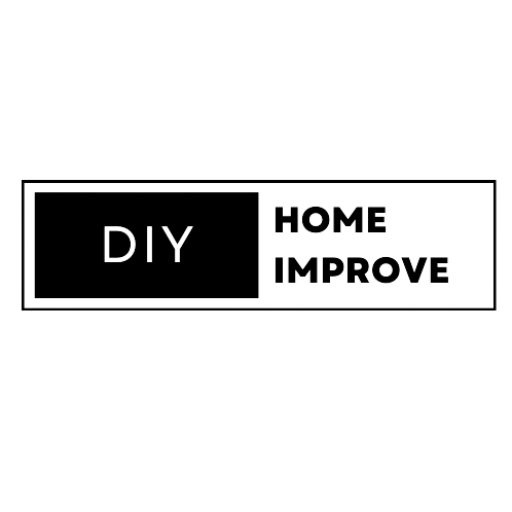Are persistent water issues turning your yard into a soggy mess? Installing a French drain could be the solution you’ve been searching for. In this comprehensive guide, we’ll walk you through the steps of a successful French drain installation, ensuring you bid farewell to water-related headaches.
Understanding French Drains
What is a French Drain?
A French drain is a drainage system designed to redirect excess water away from your property, preventing water accumulation and potential damage.
How Does a French Drain Work?
By utilizing a perforated pipe and gravel-filled trench, a French drain allows water to flow away from problem areas, protecting your home’s foundation and landscape.
Advantages of Using a French Drain
- Prevents basement flooding
- Minimizes soil erosion
- Preserves the structural integrity of your property
Planning Your French Drain Installation
Assessing Your Property
Before diving into installation, evaluate your property for potential drainage issues. Identify areas prone to water accumulation and plan the drain placement accordingly.
Determining the Ideal Location
Strategically placing your French drain is crucial. Focus on areas where water tends to collect, directing it away from your home’s foundation.
Calculating the Drainage Slope
Ensure a proper slope for the trench to facilitate water flow. A minimum slope of 1% away from the house is recommended for optimal drainage.
Essential Tools and Materials
List of Tools
Gather essential tools such as a shovel, wheelbarrow, and a level to streamline the installation process.
Overview of Materials
Select high-quality materials, including a perforated pipe, gravel, and filter fabric. Choosing the right products is key to a successful french drain installation.
Tips for Selecting Quality Drainage Products
Opt for durable, corrosion-resistant materials to ensure the longevity and effectiveness of your French drain.
Step-by-Step Guide to French Drain Installation
Excavating the Trench
Start by digging a trench along the planned route. Ensure it’s deep enough to accommodate the pipe and has a consistent slope away from your property.
Adding the Perforated Pipe
Place the perforated pipe in the trench, ensuring it follows the designated slope. Connect the pipes securely and position them for optimal water collection.
Filling the Trench with Gravel
Fill the trench with gravel, covering the pipe completely. This provides a stable base and facilitates water movement.
Covering with Filter Fabric
Prevent clogs by covering the gravel with filter fabric. This allows water to pass through while blocking debris.
Backfilling and Finishing Touches
Carefully backfill the trench with soil, ensuring it’s evenly distributed. Tamp down the soil to secure the French drain in place.
Common Mistakes to Avoid
Pitfalls in Planning and Design
Avoid common errors such as inadequate planning and improper trench design by thoroughly assessing your property beforehand.
Errors in Trench Excavation and Slope Calculation
Ensure the trench is excavated to the correct depth and follows the recommended slope for effective water drainage.
Issues with Pipe Installation and Gravel Distribution
Proper installation of the perforated pipe and uniform distribution of gravel are critical to the functionality of your French drain.
Maintenance Tips for Long-Term Success
Regular Inspection
Periodically inspect your French drain for any signs of clogs or damage. Prompt maintenance can prevent issues from escalating.
Clearing Debris and Preventing Clogs
Regularly clear debris from the drain and ensure that the filter fabric is intact to prevent clogs and maintain optimal water flow.
Addressing Issues Promptly
If you notice any issues, address them promptly to prevent potential water damage to your property.
Benefits of Professional Installation vs. DIY
When to Consider Hiring a Professional
For complex landscapes or if you’re unsure about the installation process, it may be wise to hire a professional for optimal results.
Pros and Cons of DIY Installation
While a DIY approach can save money, weigh the pros and cons to determine if it’s the right choice for your specific situation.
Hiring Tips for Selecting a Reputable Contractor
If opting for professional installation, follow these tips to ensure you choose a reputable contractor for your French drain project.
Conclusion
In conclusion, mastering the art of French drain installation is a game-changer for tackling water-related issues. Armed with this step-by-step guide and essential tips, you’re well on your way to achieving a dry and healthy landscape.
Enhance your outdoor space with more lawn and landscaping ideas from the DIY Home Improve website.




